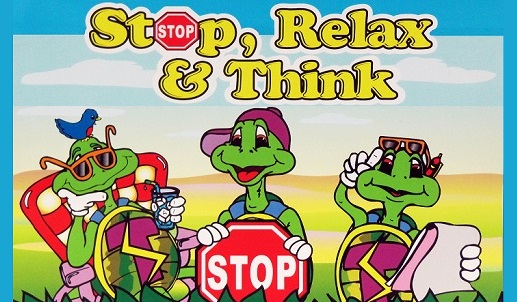Anger Management: Your Body’s Anger Warning Signs
Oct 7th 2021
Our physical body often gives us information about what we are feeling. Many of us can tell when we start getting angry because we physically feel something. For example, we can feel our body getting hot or our muscles tensing up.
When we start to feel upset or angry most people will proactively manage the situation. We will take some deep breaths, take a walk, or ask for a break. This allows us to modulate our feelings, behaviors, and our bodies.
However, some kids seem to switch from a normal state to a meltdown without any kind of warning. Often these kids don’t understand how to recognize their body’s anger warning sings.
Common Anger Warning Signs include:
- Headaches
- Stomach Aches
- Tensing muscles in the neck or hands.
- Feeling Hot
- Feeling like you want to cry.
- Feeling like you need to shout.
- Getting Shaky
Teaching a student to recognize anger warning signs can help them to proactively manage difficult situations and prevent negative behaviors from escalating.
Stop Relax Think – A Simple Anger Management Strategy
A simple anger management strategy is to stop, relax and think. The goal of this strategy is to help a student recognize the warning signals their body is giving them and then develop a strategy to manage their feelings.
Stop
Anger can often lead to poor impulse control. There is a lot of power in just stopping. Rather than emotionally reacting, a simple strategy is to stop. Do nothing for a minute so that you can engage your mind to think about the situation.
Learning to recognize that they are starting to feel angry is an important first step for your student. When your student starts this process just teach them to stop and do one thing. Stop ask for help, stop ask for a break, stop go to your safe place.
Relax
Before you can solve a problem it’s important to take a moment to relax. When we are stressed, angry, or feel intense pressure it is hard to make good decisions. Once your student has mastered stop, it's time to teach them how to relax so that they can make a positive choice.
Some simple ways to relax can include taking three deep breaths or a short walk. Once a student is relaxed they can mindfully engage in solving their issue. They will be much better equipped to deal with their challenge.
Think
Anger is referred to as a “secondary” emotion. It can be caused because someone is feeling frustrated, embarrassed, sad, or disappointed. It’s important to help students learn to identify why they are feeling angry.
Good questions to ask are “what happened?” and “how did that make you feel?” Clearly identifying the cause of anger will help you come up with a strategy to deal with the situation.
For resources on how to manage tempers click here so see our anger management resources.








